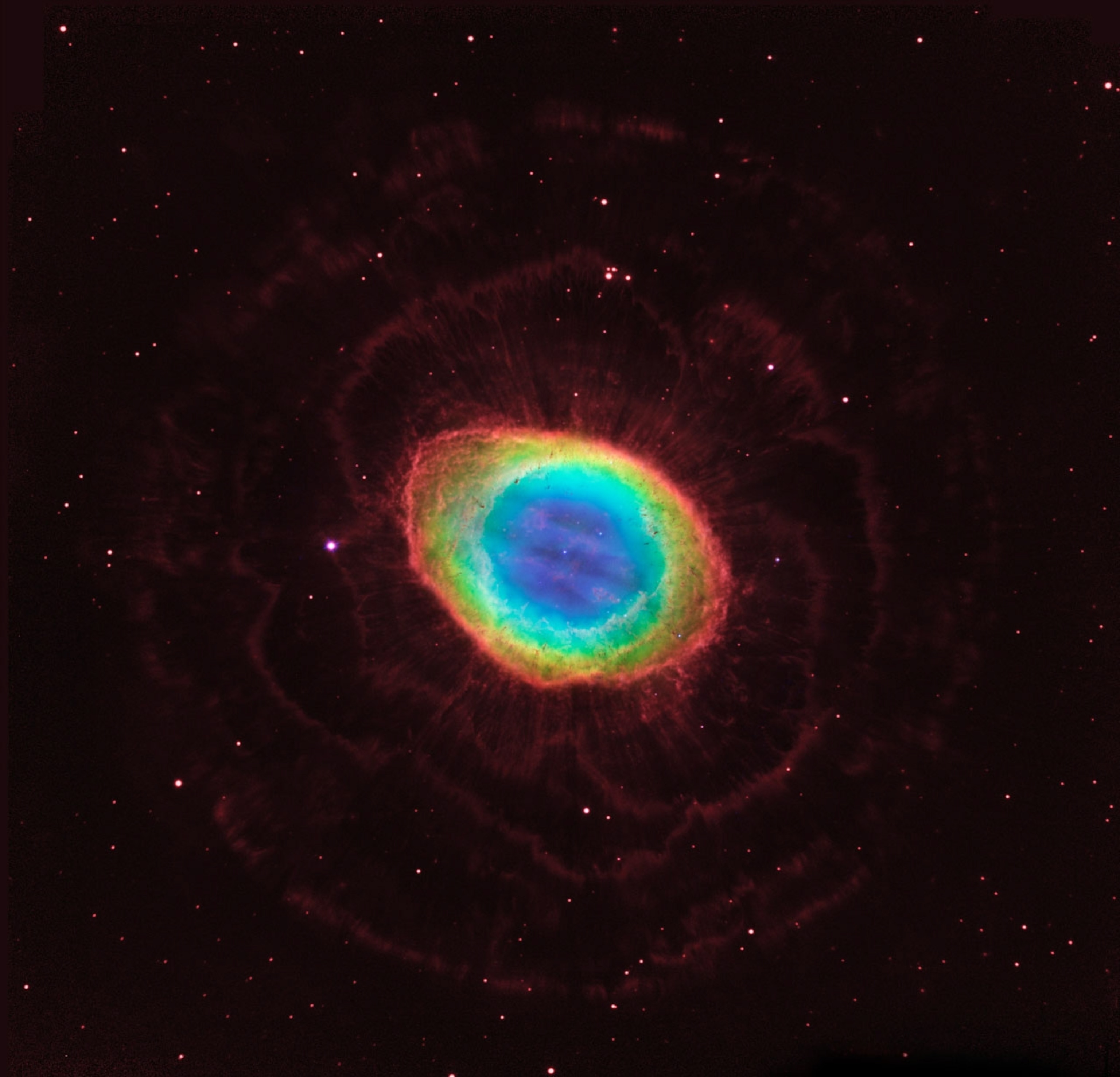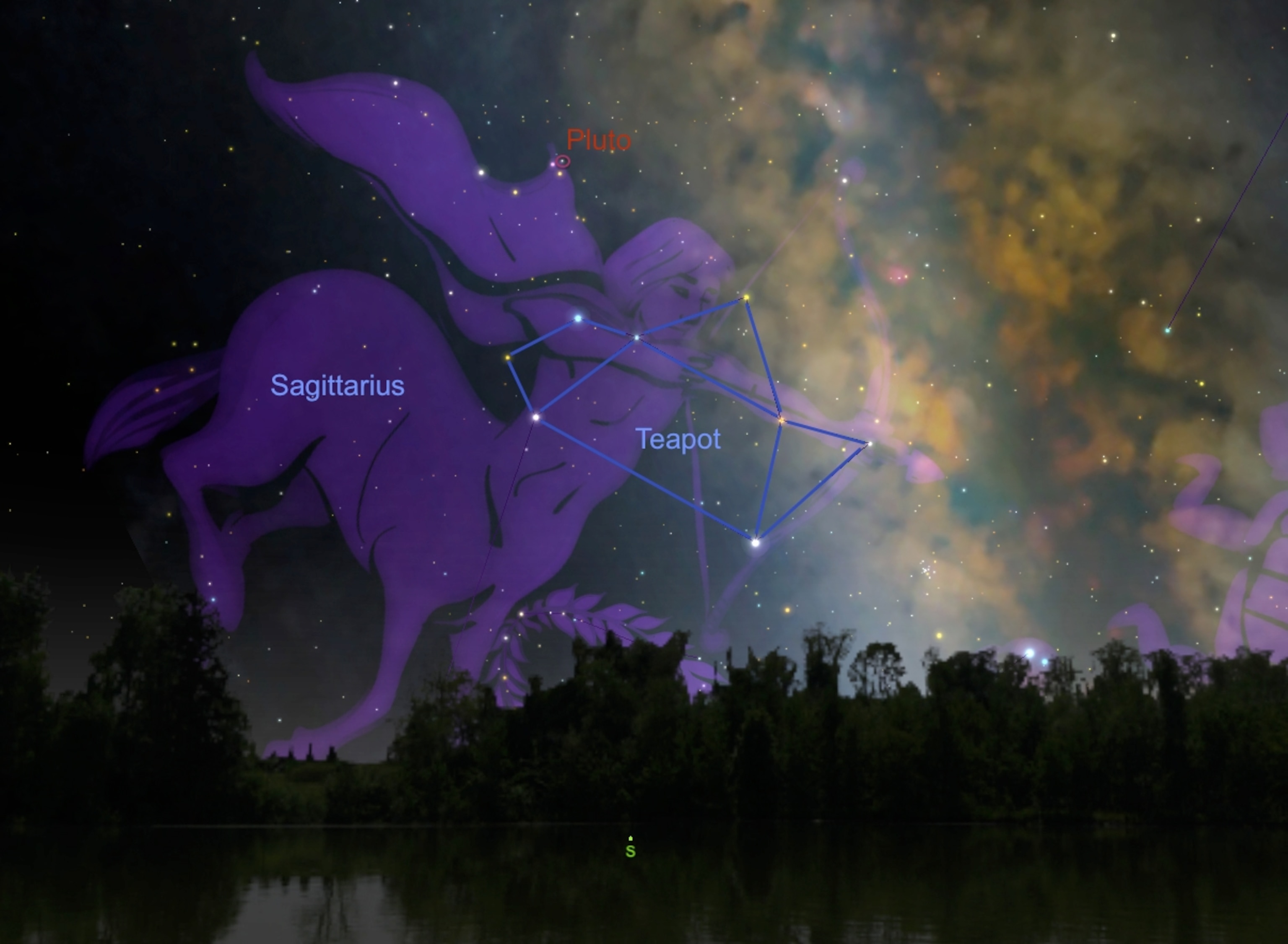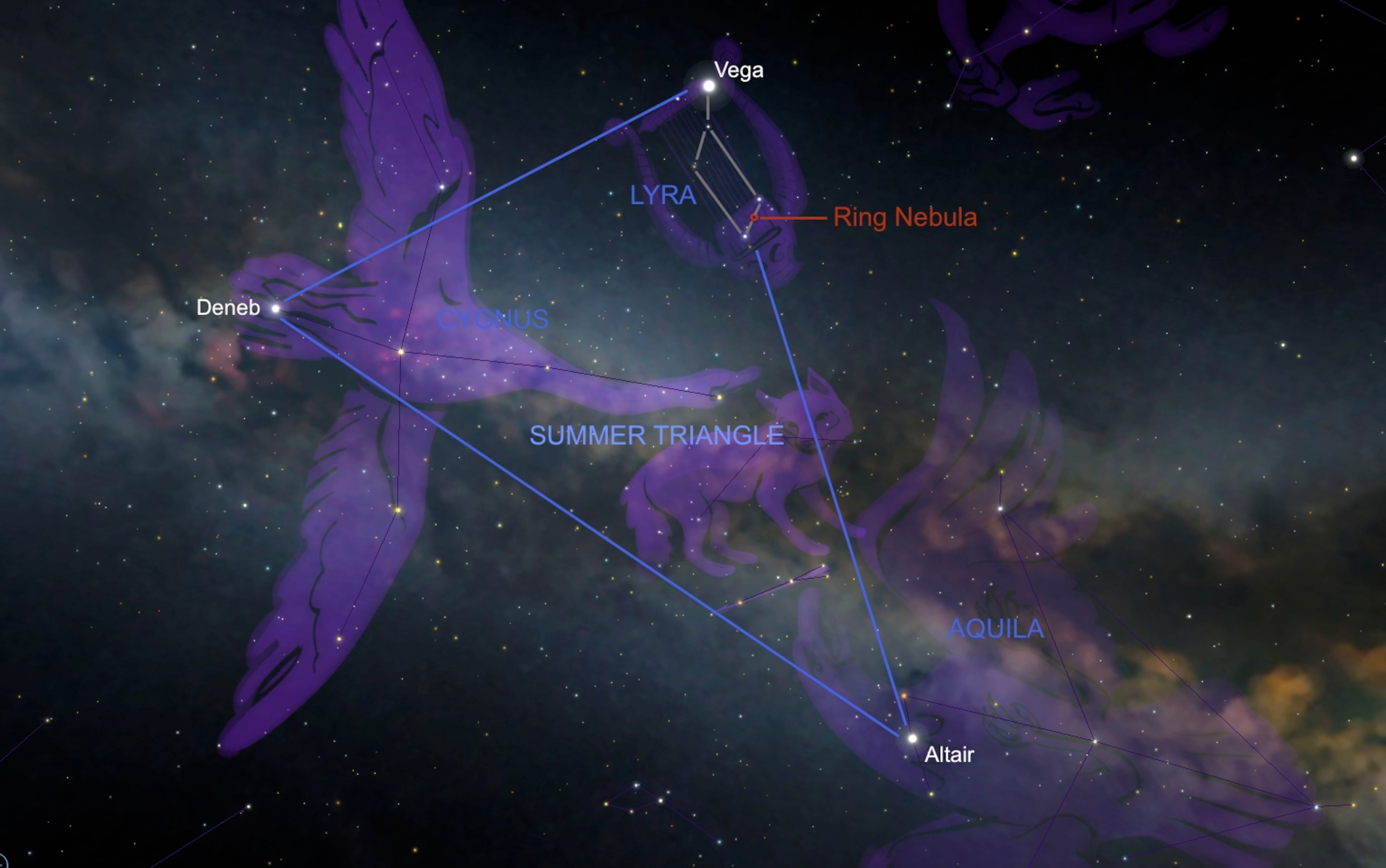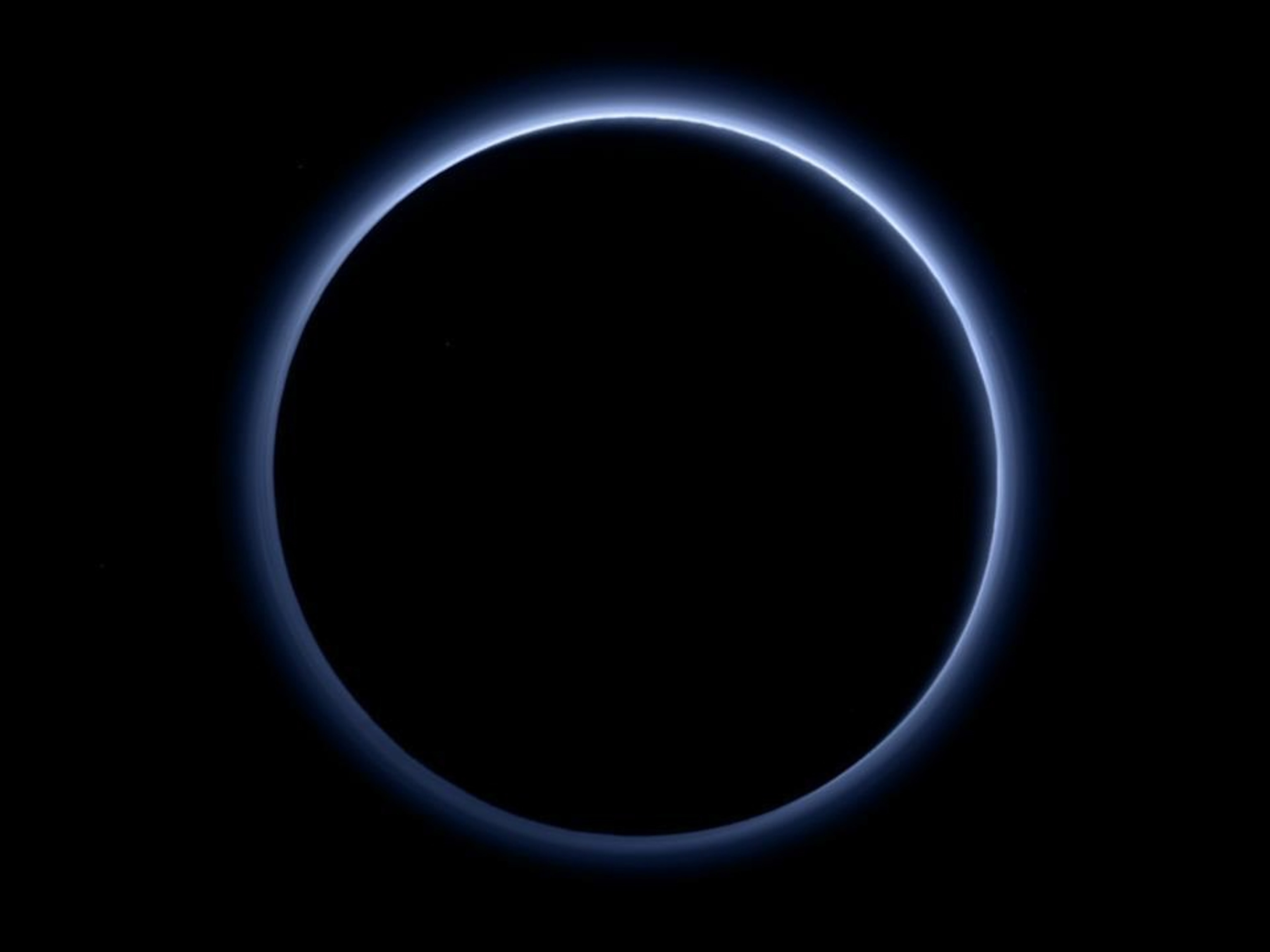
This Week's Night Sky: Ghostly Stellar Ring Revealed
Pluto is only one of several celestial bodies putting on a show this week.
While Pluto steals the headlines, sky-watchers can hunt down a distant dying star’s last breath.
Venus and Jupiter. Venus and Jupiter dominate the sunset sky this week. On Monday, July 13, the planets appear 4 degrees apart—less than the width of your three middle fingers held at arm’s length.
Joining the cosmic party is Regulus, the lead star in the constellation Leo. The bright blue-white star sits to the upper left of Venus.
Train a small telescope on both planets to reveal them as disks. While brighter Venus appears only quarter-lit, Jupiter’s dark cloud belts and moons will be easy to see. But remember that these neighboring worlds will be low towards the western horizon and will set about an hour and half after the sun does.

Pluto Primetime. After a nearly 10-year journey, NASA’s New Horizon’s spacecraft arrives at Pluto on Tuesday, July 14. At the same time, the dwarf world is just a little over a week out from being at its brightest in Earth’s skies, putting it within reach of large backyard telescopes. (Learn more about the historic mission to Pluto on the National Geographic Channel.)
Sky-watchers under very dark skies using a telescope with at least an 8-inch mirror have a good chance to spot the magnitude 14.1 speck of light in the constellation Sagittarius. Pluto currently sits on top of the lid of the Teapot asterism and lies a half degree northeast of the faint 3.5 magnitude naked-eye star Xi2 Sagittarii. Check out astronomy.com’s detailed finder chart for hunting down Pluto in the sky.

Cosmic Huddle. After sunset on Saturday, July 18 look for a stunning alignment of the three brightest objects in the evening sky.
The waxing crescent moon will be appear less than 1 degree from Venus and 6 degrees from Jupiter, creating a grouping that will easily fit within a single binocular field. This sky show will also make for a great photo opportunity low in the western sky at dusk.
Telescope users may also notice that the planets have slightly changed their appearance. Jupiter will appear to have grown a bit wider while Venus’ crescent shape will look noticeably skinnier.
Ring Nebula in Lyra. On Sunday, July 19, the moon is out of the evening sky, making it an ideal time to hunt down the most famous of all planetary nebulae.
Start your hunt for the Ring Nebula, or Messier 57, by looking high in the southeast for the star Vega and its constellation Lyra the harp, which marks the brightest corner of the famous Summer Triangle pattern of stars.
Resembling a small equilateral triangle hitched to a parallelogram, Lyra is one of the smaller but more easily recognized classical constellations, visible all summer long. The Ring Nebula is located halfway along the line between the two stars forming the sidewall of the trapezoid farthest away from Vega.
The planetary nebula is visible only through high-magnification telescopes, and it looks like a small pale ring. Long-exposure photographs reveal the nebula in all its glory, showing the expanding ring of hot gas in a beautiful rainbow of colors. While it is a demure object at the eyepiece, it is amazing to think that you are actually looking at a one light-year wide shell of gas thrown off by a dying sun-like star over 2,300 light years away.






